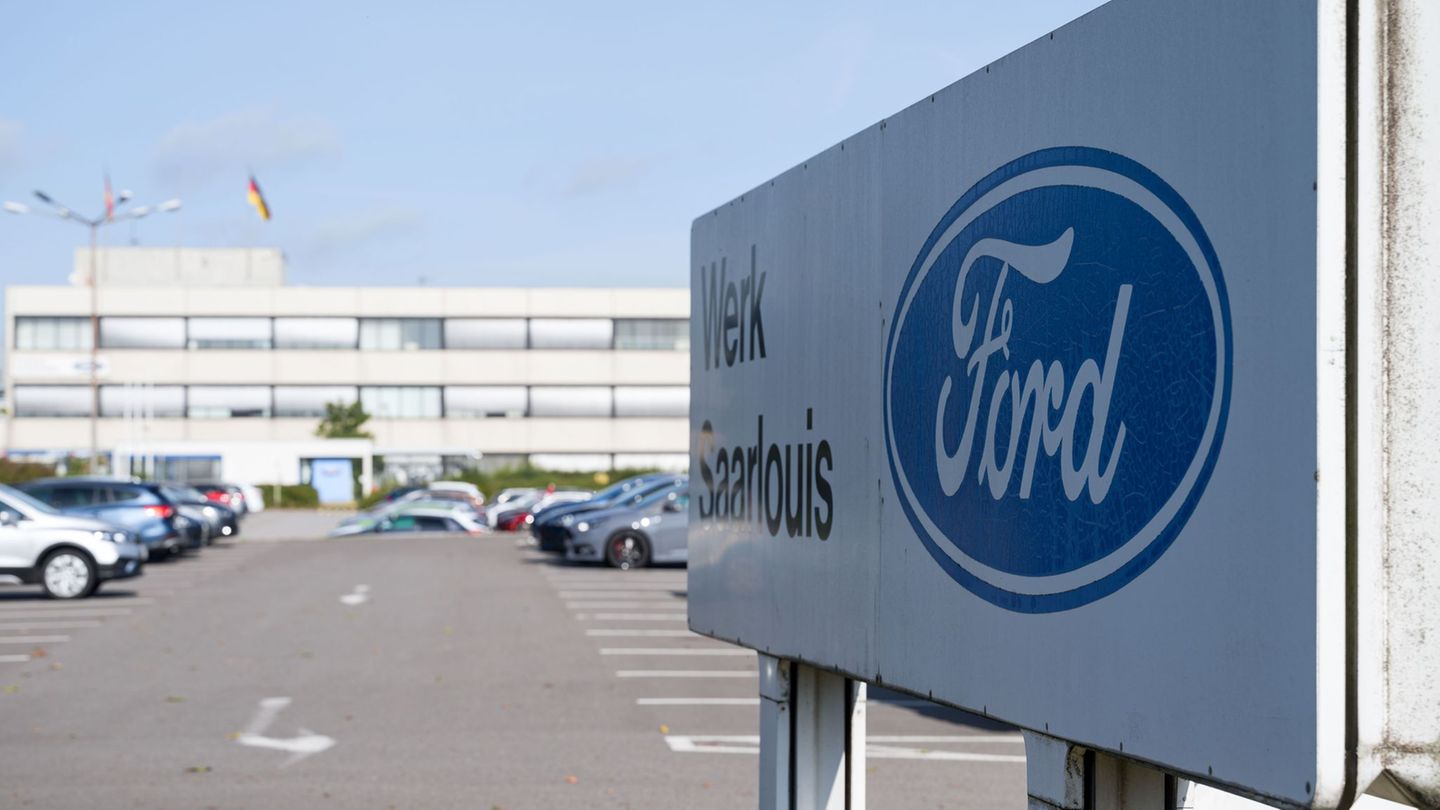It all started with mountain and work shoes, followed by oat shoes and special shoes for expeditions. Today the Steinkogler mountain shoe factory is one of the few shoe factories that still produce in series in Austria. Many are known to many – there is delivered to regular customers in Austria, to Argentina or New York. The biggest mission in the company’s history: 32,000 field boots for the Bundesheer in the 1980s, and the police also use Steinkel-Shoes. These major orders have migrated through international tenders. Today you focus on traditional mountain and work shoes, special designs and modern leather shoes: chic, sporty or traditional.
The shoemaker tradition goes far back: the “Roithschuster” has been around for more than 300 years, and the Steinkogler mountain shoe factory has developed from it. The grandfather of company boss Franz Steinkogler (40) joined series production after the Second World War – at peak times, the company had 70 employees and a second location in St. Konrad. “Today we are busy 17 people,” says Steinkogler, who also fabricates traditional shoes for numerous music bands with his team – a lot happens by hand. The first mountain shoes were for wooden servants, in the 1970s Steinkogler then equipped expeditions to the highest mountains in the world such as Mount Everest or K2.
Three days for a few shoes
In the rear part of the factory building, the workers produce thousands of shoes a year in elaborate work steps and with machines, some of which had already used Steinkogler’s grandfather. Franz Steinkogler does not want to reveal the exact number and sales, but he is immediately distributed: between mountain shoes with names such as “Grünberg”, forest and traditional shoes as well as winter boots. The shoes cost around 200 euros (oat shoes) up to around 500 euros for mountain shoes. All are made entirely of natural materials such as leather, felt, loden, lambskin, “also the fire sole that is sewn with the shaft,” says Steinkogler. This is in connection with the traditional, two -way design of the biggest difference to conventional, industrially produced and mostly glued shoes.
“}”>
Source: Nachrichten




